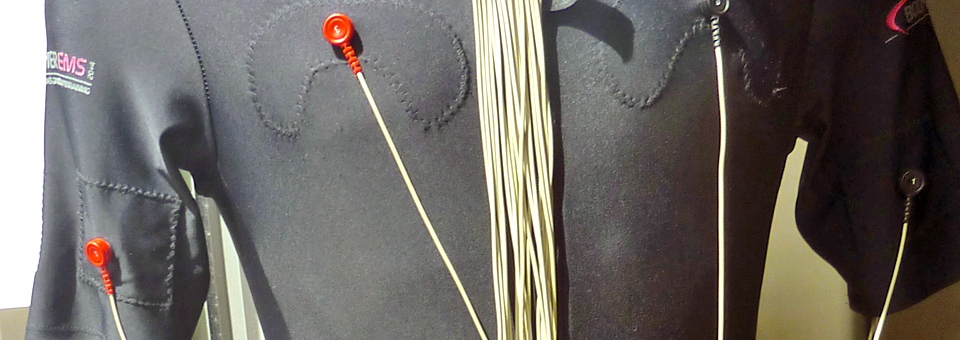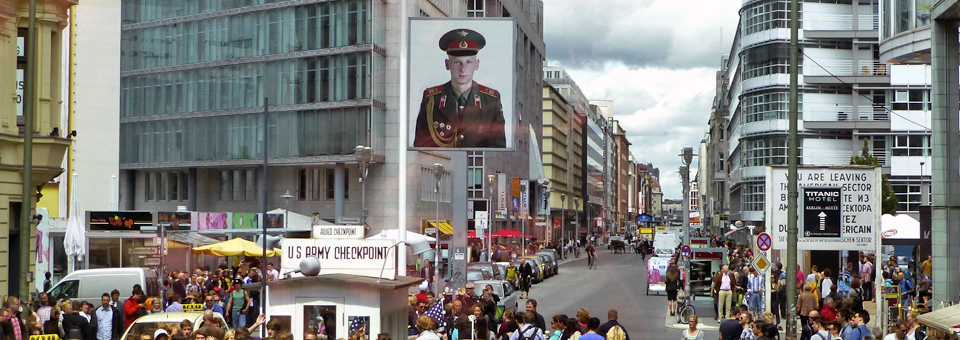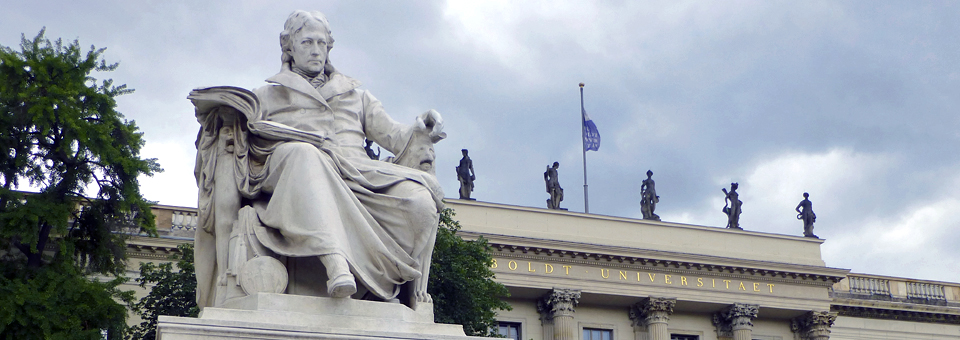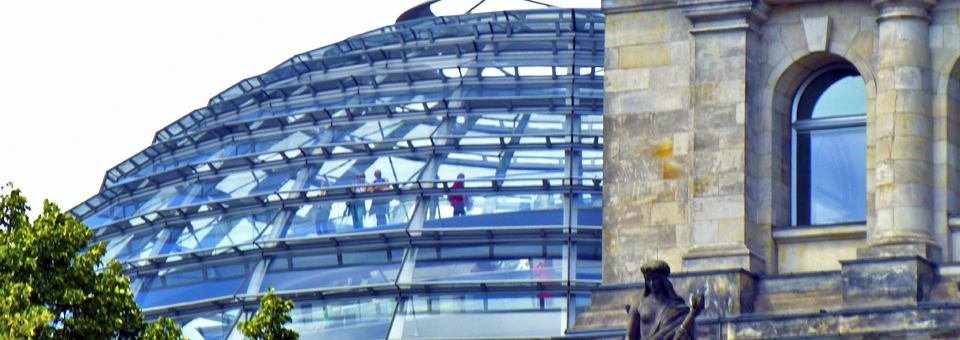Berlin: a city of healing
The futuristic glass and steel Central Station made a great first impression. Even the subterranean tracks were bathed in light, and the 80 or so shops and restaurants were an attraction in themselves. Our German Rail Pass made traveling around Germany a breeze.
Our taxi ride to our hotel took us past glorious monuments and a repertoire of elegant designer shops– Chanel, Gucci, Hermes, Prada, Louis Vuitton, Valentino– along the renowned West End shopping and dining street Kurfürstendamm, known locally as Ku’damm.
Berlin is known as the City of Health for its many clinics and wellness centers. We explored this side of the city at the Aspria, a sleek and stylish hotel known for health and fitness. It’s on a residential street just off Ku’damm.
A stay at the Aspria comes with use of its wellness spa and sporting club, a high-end complex that includes exercise equipment, pools, whirlpools, Turkish bath, saunas, salt water inhalation room, and a roof terrace. Book in advance for a complete assessment and health and wellness plan.
The spa was named one of the finest in the world by Conde Nast Johansens, GQ named it the finest spa in Germany and it is a TripAdvisor Travelers’ Choice 2012 winner. What a cure for jet lag!
There were high-tech exercise options like the Power Plate, which makes exercise more efficient by sending vibrations into muscles and the Body Former, an Abflex-like wet suit that emits adjustable electric impulses. There are anti-aging and acupuncture treatments. About 180 weekly classes are offered, from spinning to yoga. For a full continental exposure, there were also “textile free” zones. Bathrobes may be worn in the spa area, but no clothing is permitted in certain saunas, steam rooms, and pools.
Our stylish room had a large television on the slanted wall over the foot of the bed and a wall of glass facing flower-bedecked balconies and a chic little clothing shop across the street. We found online rates that began at 99€. Berlin is surprisingly affordable.
To fuel it all, there’s a bountiful breakfast buffet (12€) of fresh breads, homemade preserves, fruits, vegetables, and nuts, meats, cereals, eggs, cheeses, yogurts and freshly-squeezed juices that can easily be the main meal of the day.
With all this, it was tempting to simply stay here and enjoy the amenities, but there was much to see and do in Germany’s largest and capital city.
A little background
Germany, a country a little smaller than Montana, was once part of Holy Roman Empire. It was was divided by the Reformation and devastated by the civil war of power and religion known as the 30 Years War. It was occupied during the Napoleonic Wars and unified (1871) with the Prussian-dominated German Empire.
Berlin was the capital of the Kingdom of Prussia (1701-1918), the German Empire (1871–1918), Weimar Republic (1919–1933) and the Third Reich (1933–1945).
Although Germany was defeated in the First World War (1914-1918), Berlin emerged in the 1920s, “the golden twenties” as a center of science, arts and culture and was the third largest city in world. About three-quarters of the city was destroyed by World War 2 bombing.
In 1949 Germany was divided into two states– the western Federal Republic of Germany (FRG) and the eastern German Democratic Republic (GDR). Berlin was divided, East and West (1961-1989), by a wall and checkpoints. The Cold War ended and Germany was reunited in 1990.
Berlin is one of the sixteen states of the Federal Republic of Germany that make up Europe’s largest economy. Germany was a founding member of European Community 1957, which became the EU in 1993. The Euro has been its currency since 1999. In moving head, the German people openly acknowledge errors/damage of the past and continue to memorialize Holocost victims.
What to see
Berlin, a city of contrasts, is flourishing. Construction and rebuilding is ubiquitous. There are streets in the former East Berlin that are lined with kind of barren and boxlike residential and commercial buildings typical of the Communist period, yet much of the grand historical part of Berlin— the stretch of Unter den Linden from Museum Island to the Brandenburg Gate –was also behind the Iron Curtain. Culture in the former East–that is, at least, culture consistent with the regime–was very much alive. We headed out to see what had been East and what had been West and how it had come together again.
Since Berlin’s places of interest are scattered throughout the city, we walked down the Kurfürstendamm to the City Circle Tour ticket kiosk to see get an easy overview. A ticket for this hop-on hop off bus with headset narrative in a choice of 13 languages is 22€ and good for two days. The entire loop past landmarks takes over two hours. We rode part way, hopped off to walk parts of the city, and continued our bus tour the next day. http://www.bbsberlin.de
We passed the tower of the Kaiser Wilhelm Memorial Church, damaged by allied bombing and now an anti-war monument and Berlin’s trademark Kaufhaus des Westens. Better known as KaDeWe, it is the largest department store in continental Europe, and the food hall is a must-see.
There was the modern architecture characterizes Lützowplatz, international styles of the embassies. The former West Berlin’s modern cultural center, Kulturforum, features museums and galleries, concert halls and the Philharmonic, libraries and institutes. Unfortunately, the world-renowned Berlin Philharmonic was not performing during our visit.
Nearby is Potsdamer Platz, with its soaring 338’ Sony Center and Renzo Piano’s Debis Tower. It’s an area of shopping, theater, cinema and art and site of the busy intersection that brought about the first traffic lights in Europe. It goes back to the 17th century when Elector Friedrich-Wilhelm’s Tolerance Pact of Potsdam encouraged Jewish and French Huguenot refugees to settle here to repopulate the area after the 30 Years War.
The Jewish Museum is a complex entered through a bright yellow baroque building. Stark passages in memory of those lost lead to the winding, angular zinc clad Libeskind building that was inspired by a broken, dismantled Star of David. Two millennia of Jewish life in Germany are featured, and Jewish specialties are available in the restaurant. Elsewhere in the city is a striking Memorial to the Murdered Jews of Europe. There are now over 40,000 Jewish residents in Berlin.
McDonald’s and Einstein’s Kaffee on the shopping street, Friedrichstrasse, were packed with people there to see Checkpoint Charlie, the Cold War border between the Russian sector (East Berlin) and American (West Berlin). It was the site of the standoff between American and Russian tanks in 1961. Museum Haus am Checkpoint Charlie is the place to learn about escape attempts.
We hopped off the bus at the magnificent Gendarmenmarkt, a square rebuilt after World War 2 bombing. It goes back to the time of King Friedrich I’s plan for an area called Friedrichstadt, where the French Protestants known as Huguenots had been granted asylum. The French Cathedral is modeled after a Huguenot church in France that was destroyed and houses the Huguenot Museum. A German history museum is found inside the German Cathedral. There is also a popular Concert Hall on the former site of a theater.
This is a dynamic area with elegant hotels and restaurants. It’s a short stroll to Unter den Linden and Humboldt University, in the former palace of Prince Henry of Prussia. It was founded as the University of Berlin University by Prussian diplomat, philosopher, and linguist Wilhelm von Humboldt, brother of Alexander von Humboldt, who was a geographer, naturalist and explorer. The Brothers Grimm, Albert Einstein and Max Planck once taught here. Karl Marx and Otto Von Bismarck were among the students. Dozens of Nobel Prize winners were affiliated with the university–including names remembered from high school science class— Krebs, Hertz, Planck and Einstein.
This teaching and research-centered university with a humanistic approach became a model for other universities in Europe and elsewhere, including for Johns-Hopkins in the USA. Everything changed during the Nazi period, when over 20,000 of the university’s books deemed “degenerate” were burned. Jewish students and professors and Nazi opponents were forced to leave. After World War 2, it was divided into the Free University of Berlin in the American sector and Humboldt University, a part of East Berlin, at the original site.
We walked along the grand boulevard Unter den Linden to the Brandenburg Gate.
It was commissioned by Emperor Wilhelm II in the 18th century as a symbol of peace and was part of the original city wall. Later, when it was by the border between East and West, it became a symbol of the division. It was here in 1987 that President Reagan stood to say “ Mr. Gorbachev, tear down this wall!”. It is now a symbol of the reunified Berlin.
People were relaxing and enjoying he sunshine on the grassy area in front of the Reichstag building, the seat of Parliament. It was restored to its original high Renaissance and classical glory after reunification. Before that, Parliament met in East Berlin and Bonn, capital of West Germany.
The original dome was replaced with a glass one that offers a spectacular view of Parliament and the city, but advance registration is required.
The next day we hopped back on the bus passing through the Nikolai Quarter and Saint Nicholas Church and the part of the Berlin wall that was retained as a reminder of its past. It is colorfully decorated in panels of graffiti art. There were dreary areas of working-class former East Berlin.
We hopped off at Alexanderplatz, the shopping area and transit junction known locally as “Alex”. It was a Medieval ox market “Ochsenmarkt” and later a military parade ground named for Alexander I of Russia. It is the site of TV Tower, “the toothpick”, built in 1969. This 1197’ high pride of the former East Berlin is visible throughout the city. It has a revolving restaurant and viewing platform in the sphere and is one of the largest structures in Europe. When what is now the Galeria Kaufhof department store was part of East Berlin it was Centrum Warenhaus, the largest in the GDR. We bought yogurt drinks in the food section for a quick 1€ lunch.
The stark socialist architecture of the former East Berlin is in sharp contrast to our next stop, Museum Island, a collection of five museums and UNESCO World Heritage Site.
In 1830, King Friedrich Wilhelm III commissioned the construction of the Royal Museum, now the Altes Museum, to open the royal art collection to the public.
The last museum, the Pergamon, was finished a century later and attracts a million visitors a year.
The nearby Berlin Cathedral, in high Renaissance style, contains the tombs of the Prussian Hohenzollern dynasty, including Frederick I and Sophie Charlotte. The organ has over 7000 pipes and is one of the largest in Germany.
We hopped of the bus to tour Charlottenburg Palace, Berlin’s largest palace and the city’s only remaining royal residence. It was built at the end of the 17th century as a summer residence for Sophie Charlotte, wife of the Elector of Brandenburg, Frederick III and expanded in the 18th century.
Like our hotel, it is in the Charlottenburg district. The baroque and Rococco interior is what we expect a palace to be–achitecture designed to awe and decorated with fine paintings, grand mirrors, a Golden Gallery, and Chinese porcelain to exude magnificence. The grounds are a beautiful park with a chapel, pavilion, mausoleum, with the sarcophagus of Friedrich Wilhelm II and other royals, and a belvedere that served as a teahouse. (this is in former West Berlin)
Back on the bus, we passed the inviting antique shops along Suarezstrasse–just at closing time. They’re on the list our next visit. It was time to return to the Aspria to enjoy the amenities.
To make the most of your time in Berlin, get a Berlin Welcome Card, which includes unlimited travel on public transport (S-bahn/railway, U-bahn/underground, trams and buses), maps for the city and transportation system, and a guide book listing discounts, generally 25%-50% on over 200 attractions, shows, and restaurants. It also includes free admission to the museums of Museum Island. It comes in 48 hour, 72 hour, and 5 day versions.




















